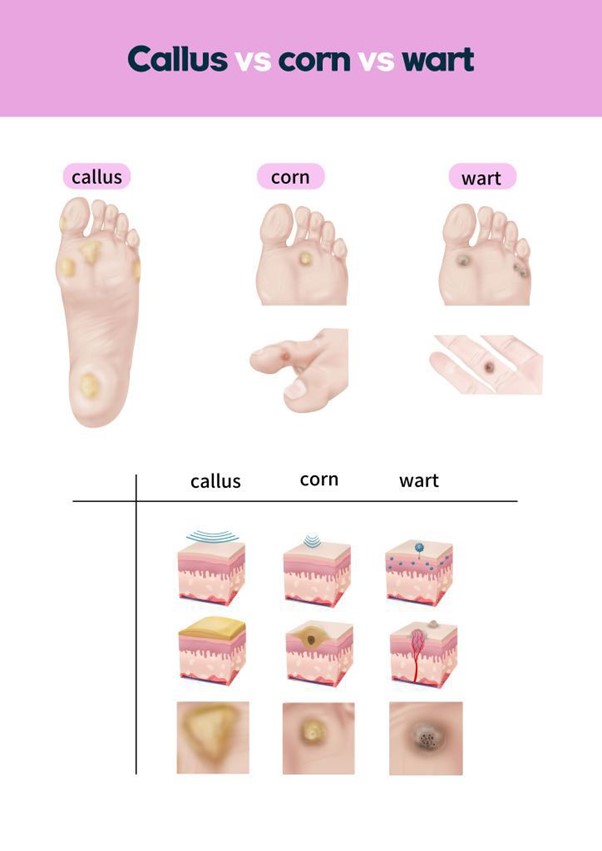A nurse in a health clinic is caring for a client. Click to highlight the findings that the nurse should report to the provider. To deselect a finding, click on the finding again.
Nurse's Notes
0930:
- Client reports 2-day history of urinary frequency, burning on urination, and lower back and suprapubic pain. States developed a fever of 39.3°C (102.8°F) this morning.
- Oriented x-4, answers questions appropriately.
- S1, S2, on auscultation. Lungs clear on auscultation.
- Bowel sounds x 4 quadrants active, denies nausea or vomiting.
0945:
- Request client provide clean-catch urinary specimen for testing.
- Urinalysis results reviewed.
Vital Signs 0930:
- Temperature: 39.3°C (102.8°F)
- Heart rate: 113/min
- Respiratory rate: 24/min
- Blood pressure: 122/68 mm Hg
- Oxygen saturation: 96% on room air
Diagnostic Results 1030:
Urinalysis
- Appearance: Cloudy
- Color: Amber yellow
- Odor: Aromatic
- pH: 8.0 (Reference: 4.6 to 8.0)
- Protein: 6.5 mg/dL (Reference: 0 to 8 mg/dL)
- Specific gravity: 1.035 (Reference: 1.005 to 1.030)
- Leukocyte esterase: Positive
- Nitrites: Present
- Ketones: None
- Bilirubin: None
urinary frequency, burning on urination, and lower back
developed a fever of 39.3°C (102.8°F) this morning
Appearance: Cloudy
pH: 8.0 (Reference: 4.6 to 8.0)
Leukocyte esterase: Positive
Nitrites: Present
Heart rate: 113/min
Respiratory rate: 24/min
Specific gravity: 1.035 (Reference: 1.005 to 1.030)
Blood pressure: 122/68 mm Hg
The Correct Answer is ["A","B","C","E","F"]
Client Symptoms:
- Urinary Symptoms: The client reports a 2-day history of urinary frequency, burning on urination, and both lower back and suprapubic pain.
- Fever: The client states they developed a fever this morning.
Urinalysis Results:
- Appearance: Cloudy urine.
- Leukocyte Esterase: Positive, indicating the presence of white blood cells.
- Nitrites: Present, suggesting bacterial infection.
Assessment:
- These findings strongly suggest a Urinary Tract Infection (UTI). The combination of urinary symptoms, fever, and urinalysis results supports this diagnosis. The nurse should promptly report these findings to the healthcare provider to ensure timely intervention.
Nursing Test Bank
Naxlex Comprehensive Predictor Exams
Related Questions
Correct Answer is D
Explanation
Choice A reason:
Soaking feet in warm water daily is not recommended for individuals with diabetes, as it can increase the risk of skin maceration and infection. People with diabetes should be cautious about foot care practices that involve prolonged moisture exposure.
Choice B reason:
Placing an oval corn pad over the toes with corn and removing it weekly may not be the best approach, as it can increase pressure on the area and potentially cause further skin irritation.
Choice C reason:
Using over-the-counter liquid medication to remove corns is not recommended for individuals with diabetes, as it can cause skin irritation, burns, or infection. It's important for individuals with diabetes to seek professional guidance for proper foot care.
Choice D reason:
"I can apply lotion to soften calluses as long as I don't put lotion between my toes." This is the correct statement. This statement indicates an understanding of proper care for corns and calluses. Applying lotion to soften calluses can help reduce discomfort, but it's important to avoid putting lotion between the toes to prevent excess moisture build-up that could lead to skin breakdown or infection.

Correct Answer is D
Explanation
a."OJ" for orange juice is not recommended. While it might seem straightforward, "OJ" could be confused with "oj" or other abbreviations, leading to potential confusion. It's better to write out "orange juice."
b."SS" for sliding scale is not recommended" could be misinterpreted or confused with other meanings. It's safer to write out "sliding scale."
c.SQ is commonly mistaken as “5 every”.Use SUBQ (all UPPERCASE letters, without spaces or periods between letters), or subcutaneous(ly).
d.This is a commonly accepted abbreviation in medical documentation, meaning bathroom privileges.
Whether you are a student looking to ace your exams or a practicing nurse seeking to enhance your expertise , our nursing education contents will empower you with the confidence and competence to make a difference in the lives of patients and become a respected leader in the healthcare field.
Visit Naxlex, invest in your future and unlock endless possibilities with our unparalleled nursing education contents today
Report Wrong Answer on the Current Question
Do you disagree with the answer? If yes, what is your expected answer? Explain.
Kindly be descriptive with the issue you are facing.
